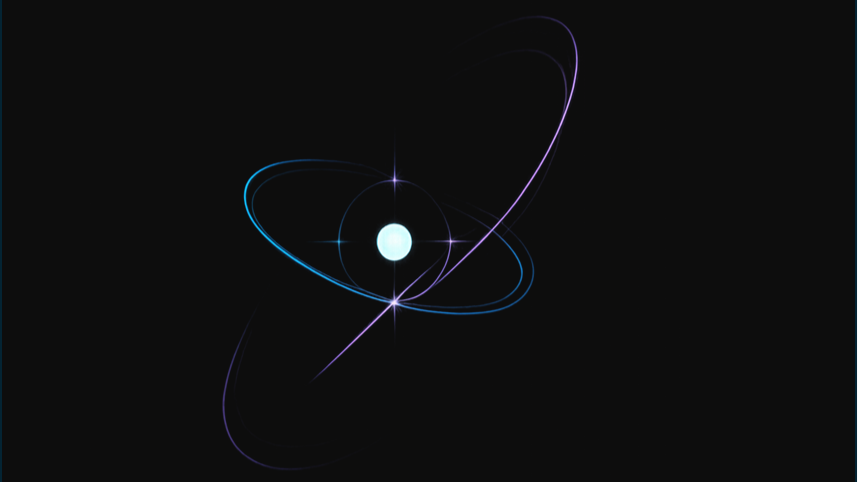The Algebra of Light- What This Means for the Future of Quantum Computing
- Quantum Quill

- Aug 12
- 2 min read
Updated: Sep 9
CHAPTER 10
From Infinite Algebra to Scalable Photonic Logic

For decades, the quantum computing roadmap has been framed by one big number: A million qubits.
But as reality sets in, even the most ambitious roadmaps are adjusting. The 2025 European Quantum Technologies Strategy, released this summer, now targets something much more grounded:
100 physical qubits by 2030, integrated into usable systems.
That’s not a failure — it’s a recalibration.
It’s a signal that quality, not just quantity, will define the next wave of quantum innovation.
At Rotonium, we’re aligned with that shift. We’re not trying to brute-force millions of cryogenic qubits. Instead, we’re building compact, algebraic quantum logic — implemented with structured photons at room temperature.
📐 From Paraparticles to Practicality
Throughout this series, we’ve shown how a forgotten framework — the graded algebra of paraparticles — gives rise to a logic richer than qubits, and more compact than conventional architectures.
A single photon in our model carries four internal logical states (a ququart), corresponding exactly to the four symmetry sectors of the Z₂ × Z₂ grading.
This means we can encode powerful operations using fewer physical carriers, and without entanglement overhead.
Instead of scaling up in device count, we scale up in logical density.
By combining deterministic gates, built-in error filtering, and room-temperature photonic chips, we create a quantum architecture that is:
Resilient without active correction overhead;
Fully integrated into telecom-grade photonic platforms;
And deployable in edge scenarios, not just server racks.
🌍 A Strategy That Meets the European Moment
The new EU Quantum Strategy is built around three pillars:
Technological Sovereignty — enabling Europe to build its own scalable platforms;
Quantum Communication Infrastructure (EuroQCI) — building a secure quantum network;
Talent & Skills — training the next wave of physicists, engineers, and designers.
Rotonium’s model maps directly onto these goals:
Sovereignty: We use standard foundry materials and waveguide techniques — no dilution fridges, no exotic vacuum tech.
Integration with EuroQCI: Our structured-photon logic can naturally extend to quantum networking, thanks to the intrinsic mobility of photonic states.
Skills: Our approach introduces a new language of quantum design — one based on symmetry, topology, and deterministic photonics.
Rather than aiming for massive quantum cloud infrastructure, we’re building a bridge from theory to device — from algebra to application.
🚀 What’s Next
This is not the end of the story: it’s the beginning of a roadmap.
With paraparticle logic, fractional phase dynamics, and SAM–OAM-encoded gates, we believe structured photons will drive:
Compact quantum processors for AI acceleration;
Secure, algebraically encoded photonic channels;
And new classes of quantum sensors, co-processors, and edge logic modules.
The algebra is real. The chip is real. The logic works.
Now it’s time to build.


